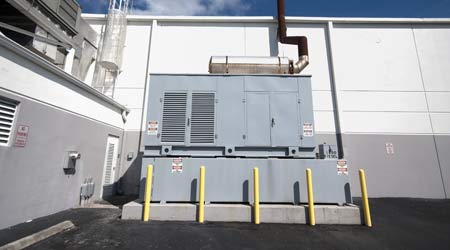What Facilities Managers Need To Know About Onsite Power
A growing range of options for onsite power means facility managers should educate themselves about the best fit for their facilities.
Onsite power generation has been used in some form since the beginning of electrification, for prime power and for utility grid backup, from small, dedicated applications to entire buildings and campuses (micro-grids). Today, facility managers have a growing range of options and applications available to choose from. What’s more, new goals for onsite power, and new utility programs, make it important for facility managers to understand the types of onsite power equipment available, the benefits and drawbacks of each, and how each should be used. A close look at the choices can help facility managers determine which, if any, should be used to address a specific need.
Complex choices
Onsite power generation goals have always included maintaining power for life-safety systems and for critical facility functions by providing backup to long-term utility power failures. Another goal has been to reduce ongoing energy costs. More recent goals include moving towards green and renewable energy. It can be challenging to fulfill all of these goals with the same investment.
Adding backup power generation equipment, such as a standby generator, results in significant CapEx and OpEx. These investments are made to maintain safety and prevent financial loss from power failures. But quantifying the ROI for backup power is difficult; often it is simply a requirement for life-safety or business continuity.
Adding onsite power generation equipment specifically to reduce energy costs has a quantifiable ROI, but if increasing power reliability or greening energy usage is also part of the equation, costs will increase, and the ROI will push out in time and could go negative.
Backup power and prime power are very different applications and raise very different issues. We’ll start with traditional backup power, then review traditional prime power and explore newer technologies.
Related Topics:
















